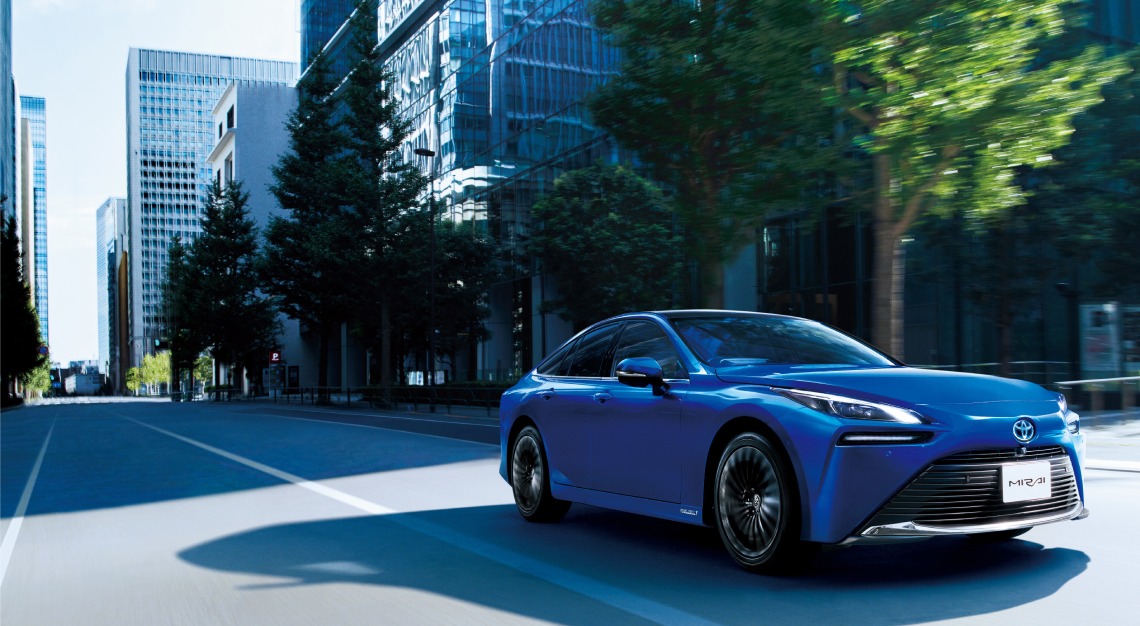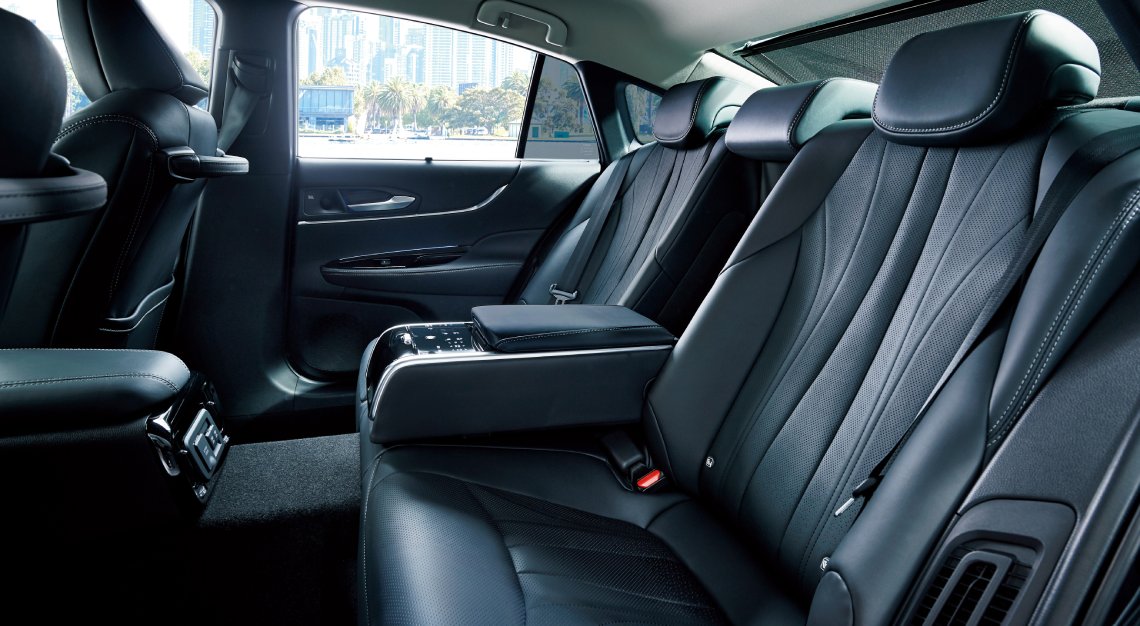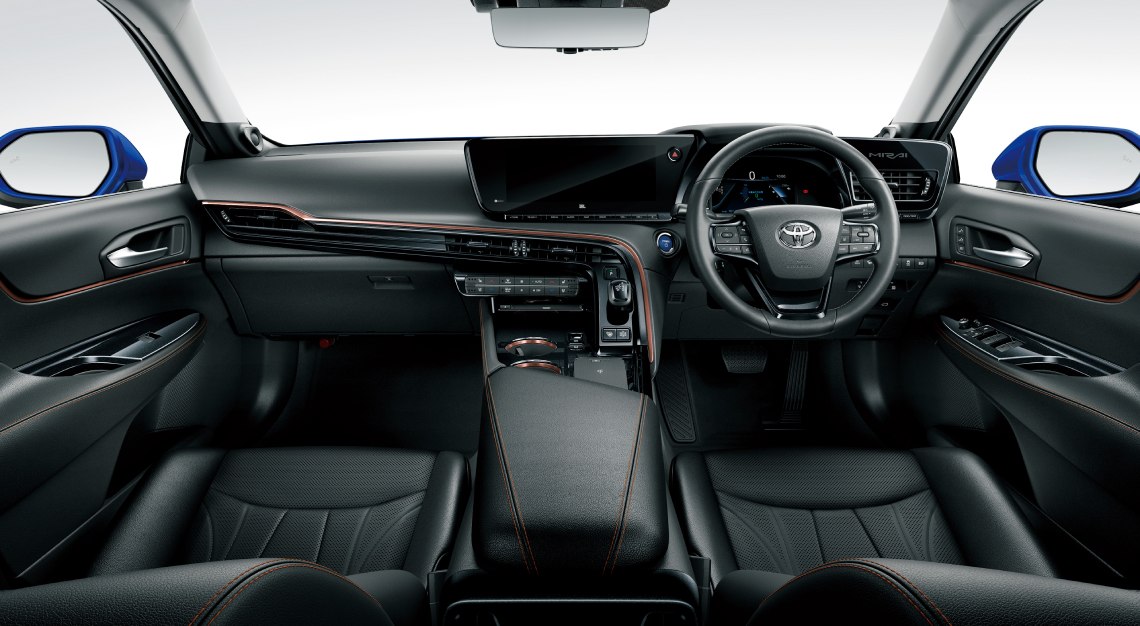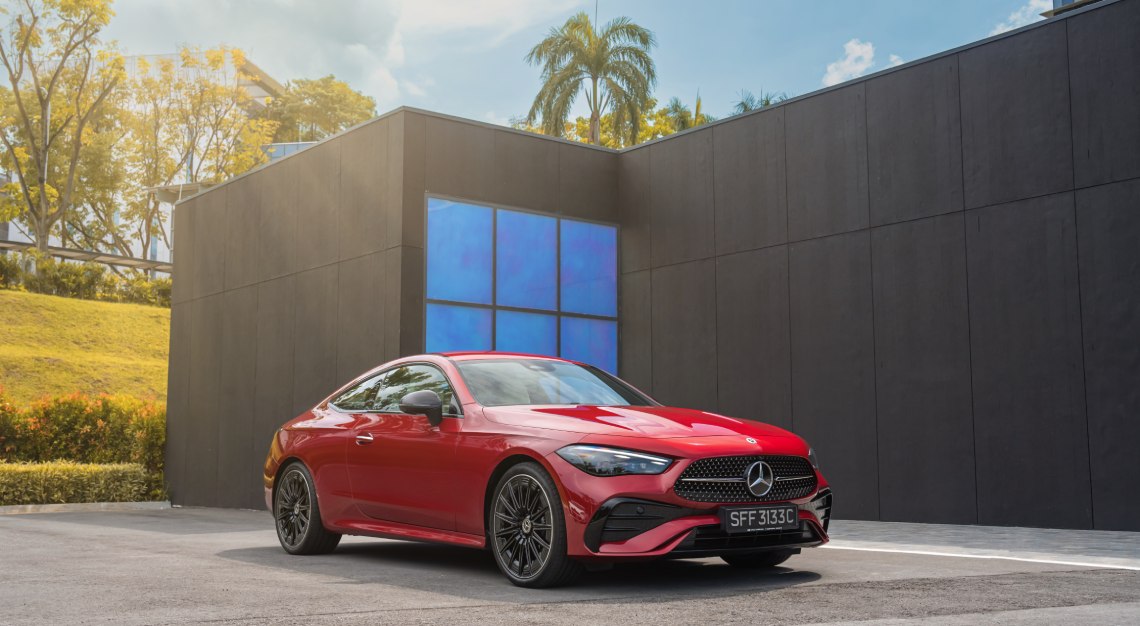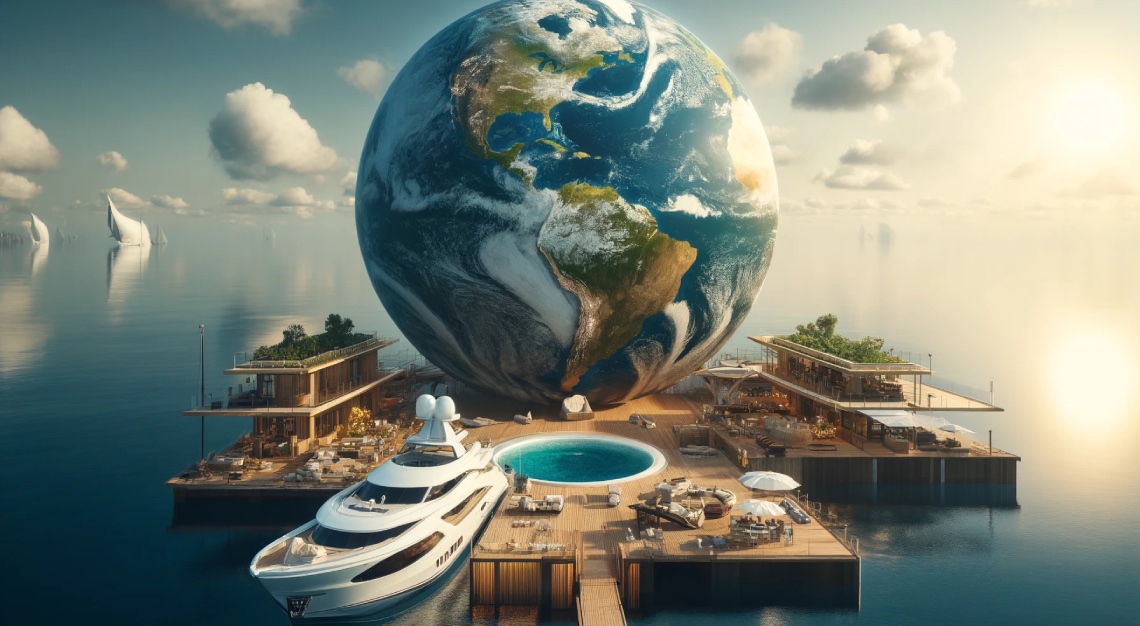Where hydro-electric power is concerned, the Toyota Mirai has made heads turn with its hydrogen-powered engine
You might be wondering what a Toyota is doing on this list, but as of today, the Mirai is among one of less than a handful of hydrogen cars in existence. That’s excluding castle-in-the-sky concept vehicles and prototypes, but actual production vehicles that you could go out and buy today.
Well, even if you could, you might not be tempted to, since hydrogen filling stations are, well, kind of scarce. At the end of 2019, there were just 330 of them open to the public. Not in Singapore, not in North America, not in the Asia-Pacific, but worldwide. Yes, really.
Japan plays host to a third of them, and that just so happens to be the Mirai’s (its name translates as ‘future’) home market. Even so, sales were fairly modest, barely cracking 10,000 units over the first-generation model’s seven-year run – good for a hydrogen car, but barely even a blip in the big scheme of things.
Toyota no doubt hopes the recently-launched second-generation car will be more popular, moving it upmarket, giving it Lexus-esque looks, an appropriately high-rent interior and more range from a tank of gas (pun very much intended) to the tune of up to 850km.
Truly, hydrogen-fueled electric cars are the future. Unlike battery-electric cars, you won’t have to wait around for the batteries to be topped off in a hydrogen car, with refueling times similar to a combustion car. And unlike combustion cars, the only thing that comes out of a hydrogen car’s tailpipe is water vapour.
We’re still a ways off widespread adoption of hydrogen cars, but watch this space and mark our words, that future will one day become reality.
This story first appeared in the March 2021 issue, which you may purchase as a hard or digital copy


